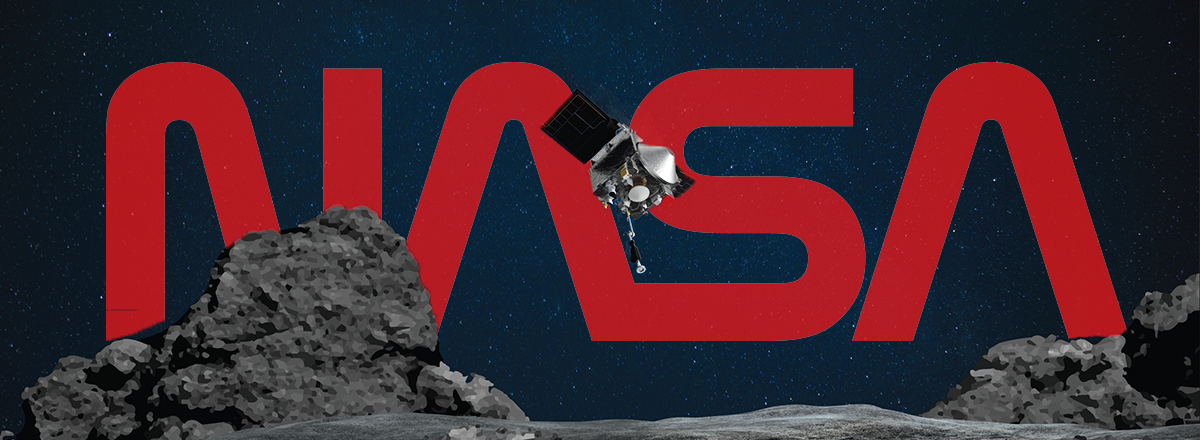The OSIRIS-REx spacecraft coped with its task successfully and packed a container with sample particles of matter from asteroid Bennu inside a special capsule that will deliver it to Earth in 2023. The particles from the asteroid will remain inside the spacecraft for the next three years until it gets back to Earth.
I placed the collector head into the SRC on Tuesday evening… pic.twitter.com/s0nDXrY8BS
— NASA's OSIRIS-REx (@OSIRISREx) October 29, 2020
OSIRIS-REx became the first spacecraft in human history to reach the surface of an asteroid. It spent two years orbiting Bennu, a 4.5-billion-year-old asteroid which is a part of the Apollo group, and reached its surface on October 20. The probe landed in the Nightingale crater located in the northern hemisphere of the asteroid. Following the spacecraft's descent, engineers were able to successfully deploy a regolith sampling system called the Touch-And-Go Sample Acquisition Mechanism (TAGSAM), an 11-foot robotic arm.
The spacecraft has successfully collected asteroid samples, which is necessary, among other things, to study the principles of the formation of planets and the origin of life on Earth, because the compounds that are on the surface of Bennu have probably been unchanged for billions of years.
However, despite the overall success of the mission, something unexpected happened. OSIRIS-REx began to lose part of the collected samples, which were intended to be sent to Earth. Therefore, the mission team decided to speed up the transfer of the container to a sealed capsule intended for sending to Earth.

This procedure has been successfully completed. Scientists now hope that all the necessary samples will fly to Earth and give them the first opportunity to study the chemical and isotopic composition of the primary matter in the solar system.














